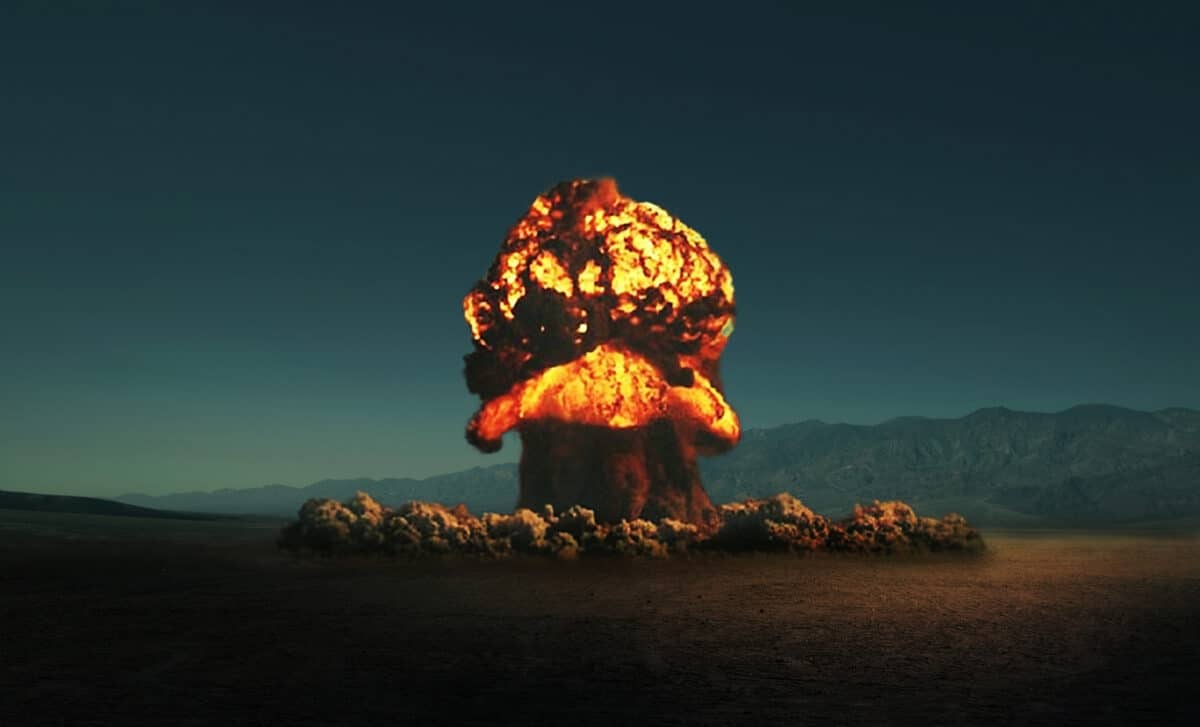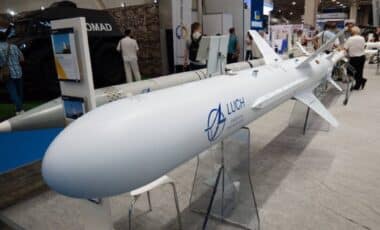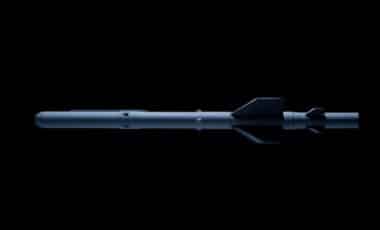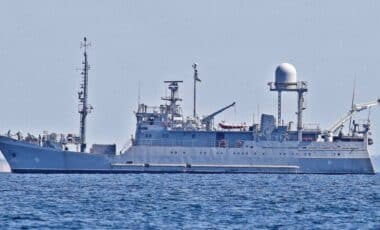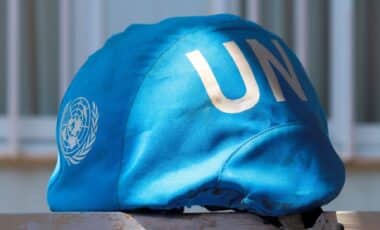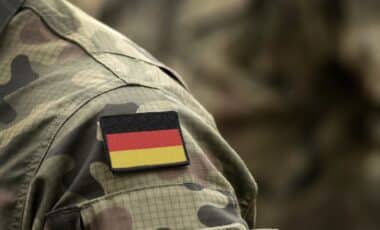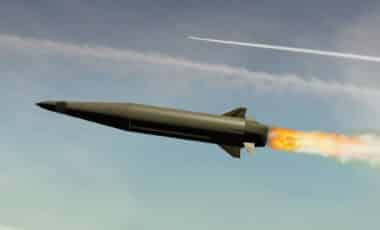A wave of reports from Russian state-linked media is raising alarms over the potential for a nuclear conflict with the West. Strategic locations like Kaliningrad and Finland are highlighted as potential flashpoints, while the Suwałki Gap and Moldova also emerge as critical areas in the rhetoric.
The renewed focus on nuclear scenarios appears to be part of a broader media campaign to prepare the Russian public for the possibility of large-scale confrontation. Over the past weeks, Moscow-based outlets such as Komsomolskaya Pravda have intensified their warnings, citing military experts and political commentators close to the Kremlin. These publications assert that NATO countries are preparing for war, framing Western military movements as deliberate provocations.
This shift in messaging coincides with heightened tensions on multiple fronts, including the continued conflict in Ukraine and Finland’s recent accession to NATO. The strategic significance of regions like Kaliningrad, as well as alleged NATO activities in Moldova, are being portrayed as signs of encirclement. Russian officials and commentators suggest that a preemptive posture is necessary to counter these perceived threats.
The Russians Walked Into It : Ukraine’s Drones Are Spreading a Devastating Virus
Kaliningrad and the SuwałKi Gap Framed as Primary Targets
Russian media have identified Kaliningrad, a heavily militarized exclave between Poland and Lithuania, as a key strategic asset that NATO may attempt to isolate. The Economic Times reports that General Christopher Donahue of the US Army Europe and Africa has suggested NATO could seize Kaliningrad rapidly in the event of conflict. The city is geographically detached from mainland Russia and is surrounded by NATO members, making it particularly vulnerable in a military scenario.
In recent publications, Komsomolskaya Pravda has presented NATO’s presumed strategy as involving a blockade of Kaliningrad’s air and sea access. Military analyst Andrei Klintsevich has warned that such actions would likely trigger a response through the Suwałki Gap, a 60-mile corridor linking Kaliningrad to Belarus. This corridor has long been seen as a weak point in NATO’s eastern defenses, raising concerns about its role in any future confrontation.
Nuclear Posturing Extends to the Arctic and Finland
Russian commentators are increasingly linking Finland’s NATO membership to the potential for military escalation. Media outlets aligned with the Kremlin claim that military infrastructure in Finland could facilitate attacks on St Petersburg and other Russian territories. Some experts quoted in The Economic Times argue that this development, combined with increased Western activity in northern Europe, justifies new defensive measures.
In addition, proposals to conduct a nuclear test in the Arctic have surfaced. This would mark the first such test since the Cold War. Sergey Sudakov of the Russian Academy of Military Sciences has described the Arctic region as a possible northern front in a future global conflict. Military analyst Alexander Zimovsky, in the same report, emphasized Finland’s “solid military infrastructure” and its potential use by NATO for strikes on Karelia and Murmansk.
Internal Narratives and External Blame
The escalation in nuclear rhetoric appears to be part of a coordinated strategy to prepare Russian citizens for prolonged confrontation. Komsomolskaya Pravda has published numerous articles that describe the West as deliberately provoking Russia. In these narratives, the enlargement of NATO and military activities near Russia’s borders are cast as aggressive acts requiring a strong national response.
Dmitry Medvedev, former president and current high-ranking official, has publicly stated that World War III is already underway, accusing the United States and its allies of initiating the conflict. Reports cited by The Economic Times indicate that British government documents obtained by The Sun detail contingency plans in the event of a nuclear strike, further reinforcing the gravity with which such scenarios are being treated in the Russian press.

